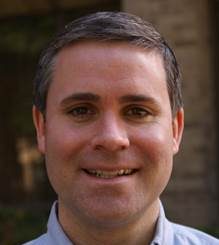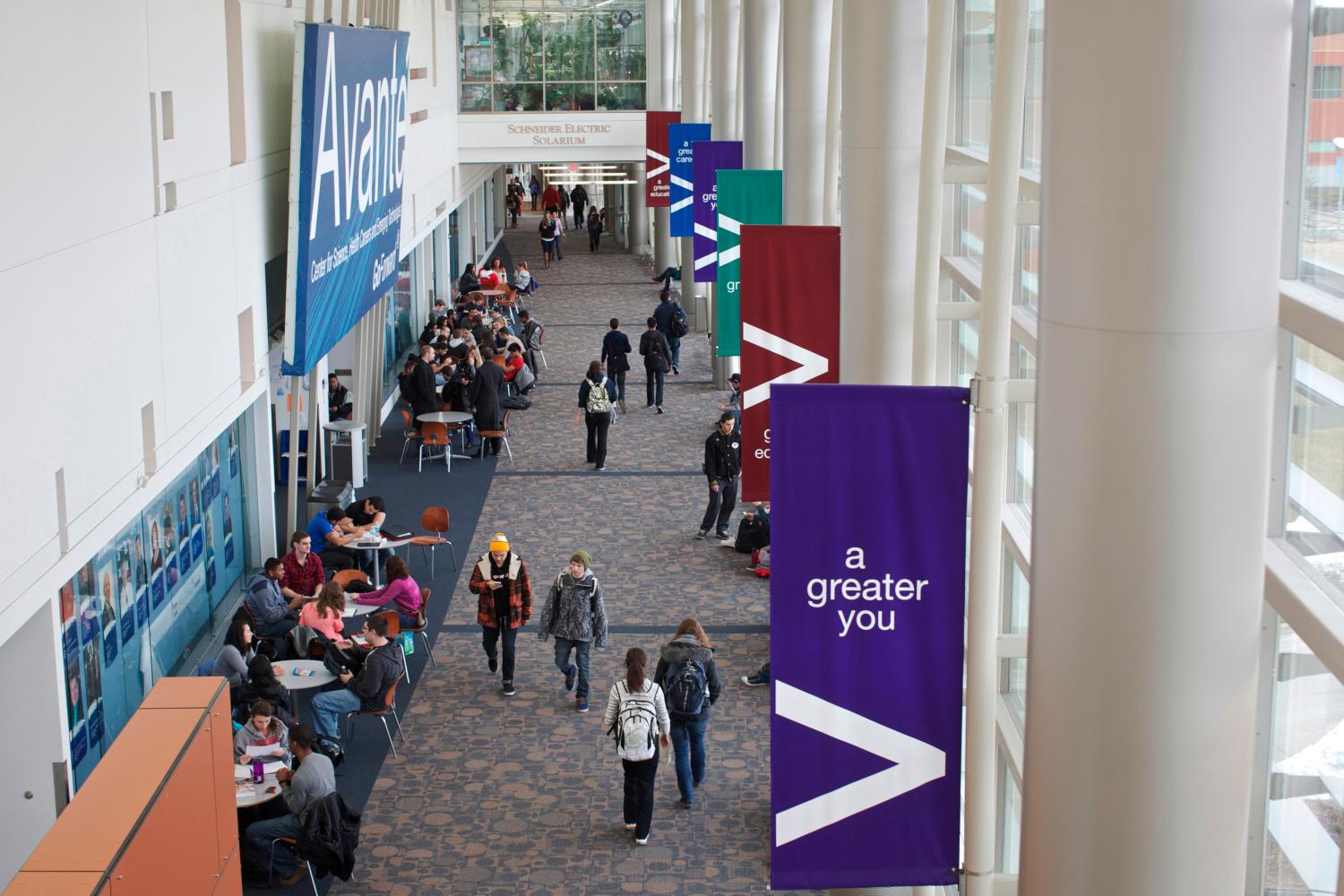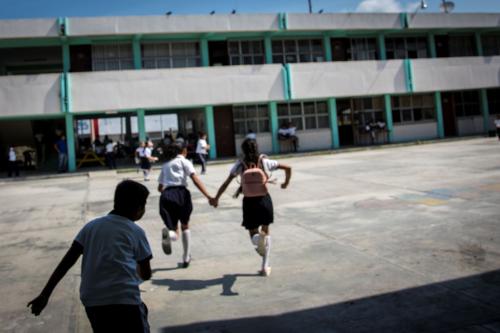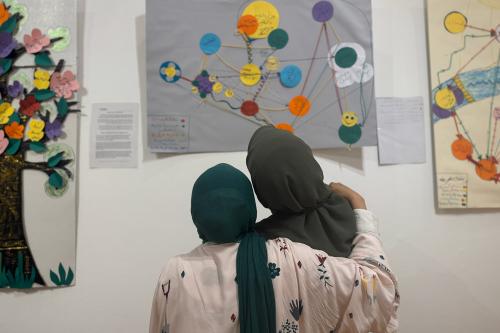There is a great deal of policy attention these days on expanded access to higher education and on the role of community colleges in particular. Deservedly so. Community colleges are a critical access point to higher education in the United States. Last year, roughly 1,000 community colleges enrolled more than 5.5 million students. These schools are also a gateway to a four-year degree for many students. Roughly half of all bachelor’s degree students in the U.S. previously attended a community college.
Furthermore, community colleges serve a large share of students who are low-income or first-generation college students, as well as those who are older or from underrepresented minority groups. Given their low tuition and widespread accessibility, community colleges are key to expanding higher educational attainment and boosting skills in this country, which can provide an important avenue for upward social mobility.
People who earn an associate degree are rewarded in the labor market. One recent study indicates that an associate degree yields a causal earnings premium of about 30% over a high school degree. Those who begin at a community college and successfully transfer to a four-year degree-granting institution also earn higher wages and greater economic security, given the earnings premium associated with a bachelor’s degree. However, degree completion rates among degree-seeking students at community colleges tend to be quite low.
Expanded student supports might be the key to improving student outcomes at community colleges. Many community colleges are resource-constrained and unable to offer comprehensive student supports. Community colleges on average spend less per pupil than do four-year public universities. There is now a growing body of evidence showing that comprehensive student support programs lead to increased persistence and completion among low-income students at community colleges.
Too many students drop out of community college before earning a degree
More than two-thirds of first-time, full-time degree-seeking enrollees at community colleges do not complete an associate degree within three years, according to national data. This low rate of persistence is not a new challenge, and there has been a good deal of effort and resources expended to try to improve outcomes for community college students.
Billions of dollars annually are spent by states, colleges, and students on developmental education programs—also referred to as “remedial education”—for academically underprepared students. But the evidence on the effectiveness of these programs in improving student outcomes is discouraging. It is unlikely that continued innovation with developmental education programs is the key to bringing about a significant improvement in outcomes for community college students.
In addition, federal and state grants already keep out-of-pocket tuition costs at community colleges low for many low-income students. Bringing tuition rates even lower, or making them free altogether, is unlikely to substantially increase community college completion rates. A recent experimental study found little effect of a needs-based scholarship program in the state of Wisconsin on the completion rate of students at two-year public colleges.
A more promising approach to improving student outcomes at community colleges has emerged: helping students address the many personal and institutional obstacles they face while trying to persist in school. Challenges arise in the form of family responsibilities, health issues, financial shocks, mental health struggles, among others. For low-income students, a lack of financial resources or buffers could exacerbate the consequences of any setback. Furthermore, successfully navigating the college bureaucracy and various course and program requirements, deadlines, and paperwork can be complicated.
Qualitative studies based on interviews with community college students indicate that many students struggle to successfully navigate the system of higher education institutions. Students at community colleges face complex decisions and systems with limited guidance. A comprehensive report finds that students at larger institutions have worse outcomes. The authors speculate that larger institutions might be less structured and harder to successfully navigate.
Comprehensive student service programs improve outcomes for community college students
A growing body of evidence from a variety of programs shows that personalized student support programs lead to improved student outcomes. In a recent study, we highlight five such programs: Accelerated Study in Associate Programs (ASAP), Stay the Course, Inside Track, One Million Degrees, and Project Quest. Each of these programs has been evaluated through a randomized controlled trial (RCT). Table 1 provides some key details about the evaluated versions of these programs.
A central feature of these five distinct programs is comprehensive support provided to the students by an advisor, mentor, or case manager. Though the terminology differs across programs, the intent of this service is similar. The case manager (or coach or navigator) works closely with the student to assess the unique challenges they face, identify appropriate goals and a plan to achieve them, drive accountability to follow through on the plan, and offer personalized guidance when obstacles arise. In addition, all of these programs are designed to provide services to students for an extended period of time, often lasting multiple years. Some of these programs also provide students with academic supports such as tutoring and advising, as well as financial assistance to cover fees, transportation, or emergencies.
The most promising evidence comes from evaluations of ASAP, which was initially developed by the City University of New York (CUNY). This program provides full-time, low-income community college students comprehensive support for up to three years. Students receive access to an advisor with a relatively small caseload who supports their academic, social, and personal needs. The RCT evaluation of ASAP showed that the intervention nearly doubled graduation rates after three years; 40% of the program group received a degree, compared with 22% of the control group. In addition, 25% of the served students were enrolled in a four-year institution, as compared to 17% of control group students. A replication of ASAP in Ohio also showed large positive effects on student outcomes, including a doubling of graduation rates after three years and significantly increased transfers to four-year colleges.
The initial evaluations of Stay the Course, Inside Track, and One Million Degrees all find statistically significant, positive effects on persistence in school after at least one year. The RCT evaluations of Stay the Course and Inside Track also yield suggestive evidence of positive effects on degree completion, at least for some subgroups of students.
A long-term evaluation of Project QUEST shows a significant and sustained impact on earnings for students who were randomly assigned to receive the program services. Nine years after initial enrollment in Project Quest, students who were randomly assigned to receive program services have earnings that are on average 20% higher than for those in the RCT control group. This shows the economic gains to be had from investing more resources in helping community college students persist.
Conclusion
Evidence suggests that well-designed programs that provide comprehensive student services can improve persistence and completion rates among community college students. The personalized and intensive nature of these programs mean that they can be costly to implement. The costs of the five programs we highlight range from $1,000 to $5,700 per participant per year. Though these are sizable costs, this price tag is low compared to the economic benefits associated with college degree attainment.
For the previously listed programs to have a large and sustained impact on college completion rates at a national level, they would need to be implemented on a much larger scale. Recently, higher education advocates and some policymakers have called for enhanced government support for programs that provide wraparound services at community colleges. President Biden endorsed this idea during his presidential campaign. If there is political and philanthropic will, comprehensive student support programs can be made broadly available and help thousands, potentially millions, of students succeed in college.
Table 1: Key Features of Select Community College Student Programs
| ASAP | Stay the Course | Inside Track | One Million Degrees | Project QUEST | |
| Start Date | 2010 | 2013 | 2003 | 2016 | 2006 |
| Initial location | New York, NY | Ft. Worth, TX | Multiple, anonymous | Chicago, IL | San Antonio, TX |
| Implementing agency | CUNY | Local Catholic Charities | Private organization | Non-profit | Non-profit |
| Program cost per student per year |
$4,700 ($2,677 for OH replication) |
$1,880 | $1,000 | $2,500-$3,000 | $5,728 |
| Coaching, Mentoring, Referrals | Advising with comprehensive support | Intensive case management | Comprehensive coaching by phone | Program coordinator with comprehensive support | Career counselors with comprehensive case management |
| Student: Counselor Ratio | 60-80:1 | 34:1 | 75-150:1 | 50-65:1 | Not available |
| Career advising or job placement support | Yes | Informal | No | Yes | Yes |
| Non-tuition financial assistance | Yes | Yes | No | Yes | Yes |
| Tuition Waivers | Yes | No | No | Limited | Yes |
| Academic assistance | Dedicated tutoring; blocked courses in first year | Referrals to tutoring | No | Dedicated tutoring | Remedial instruction included |
The Brookings Institution is committed to quality, independence, and impact.
We are supported by a diverse array of funders. In line with our values and policies, each Brookings publication represents the sole views of its author(s).









